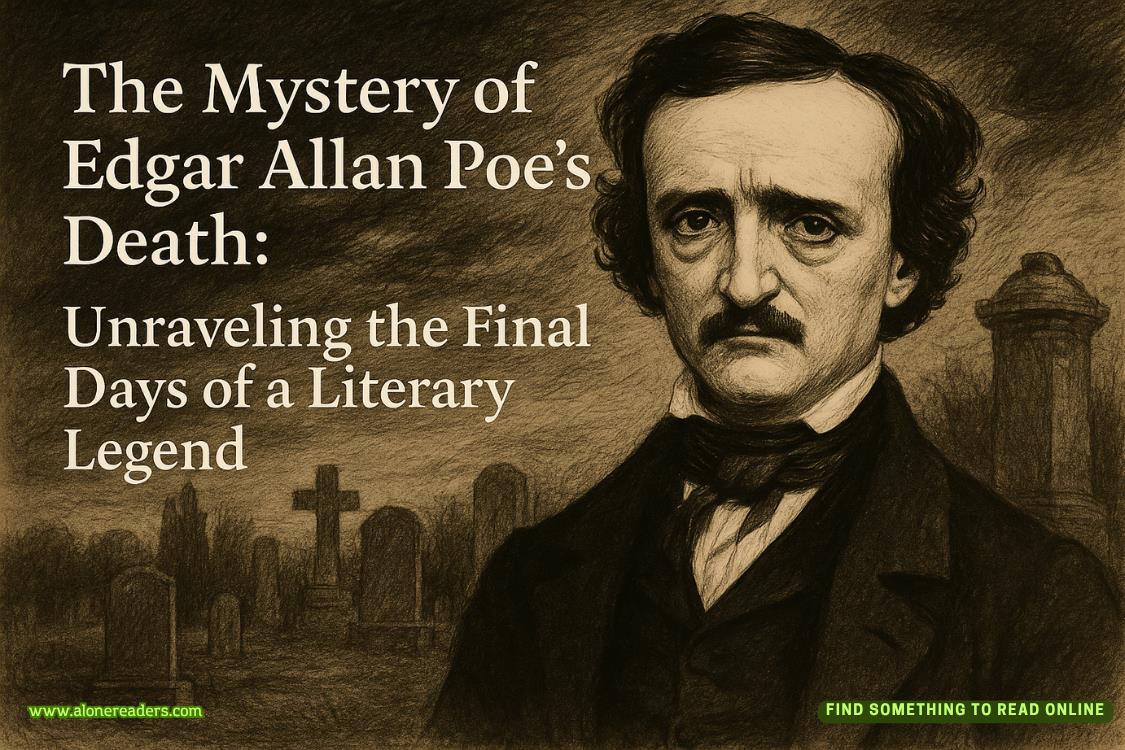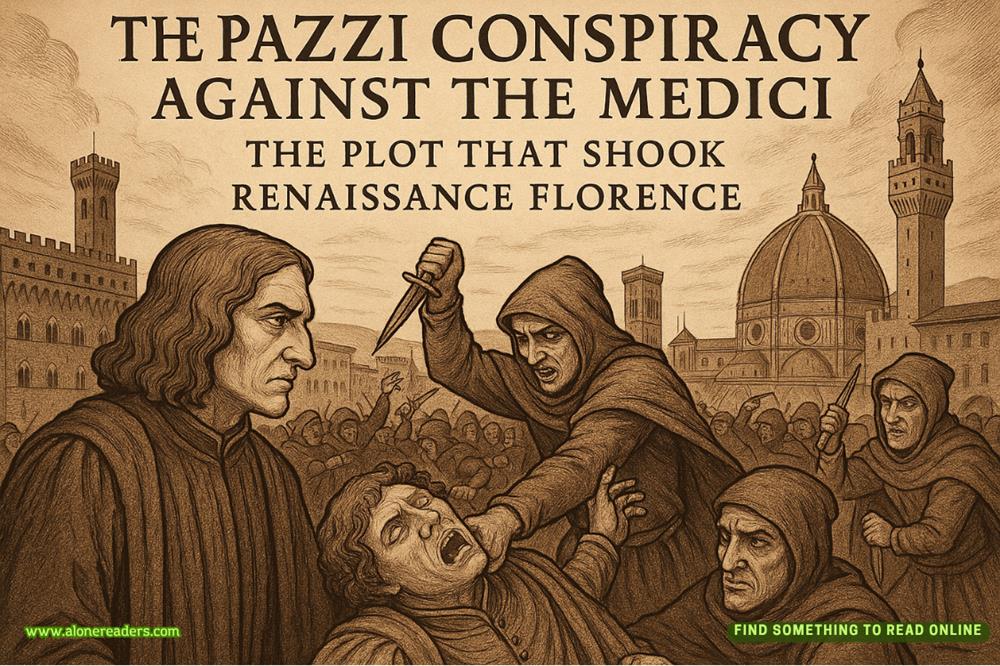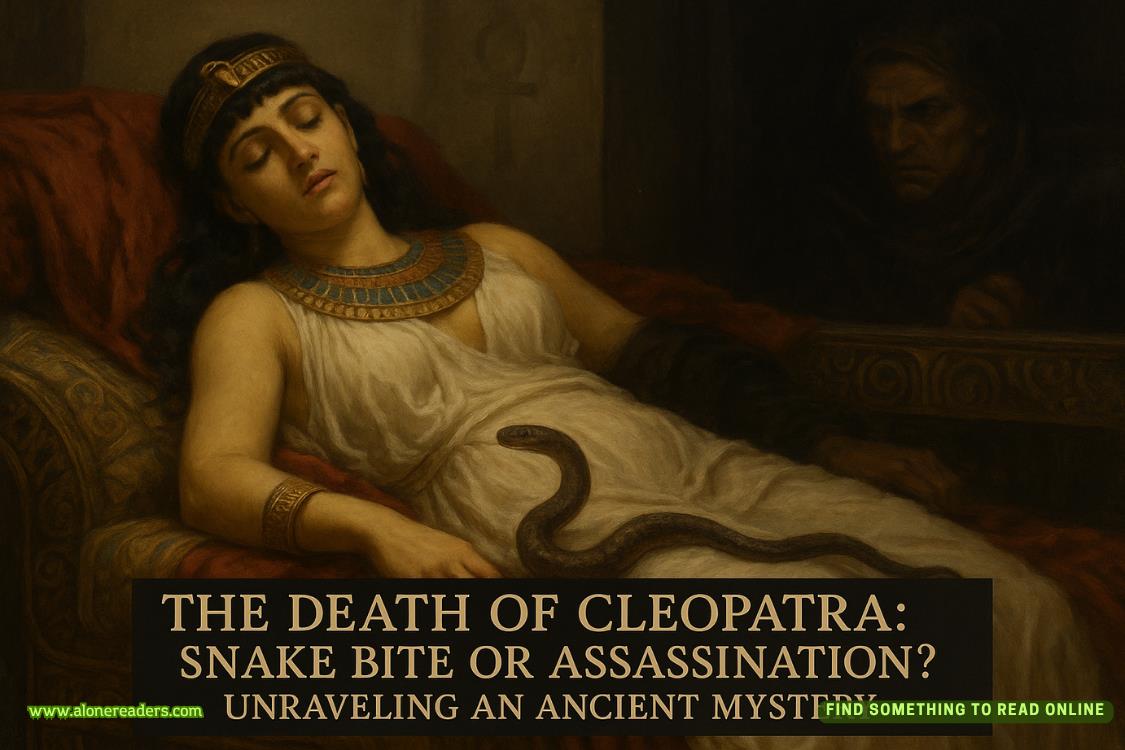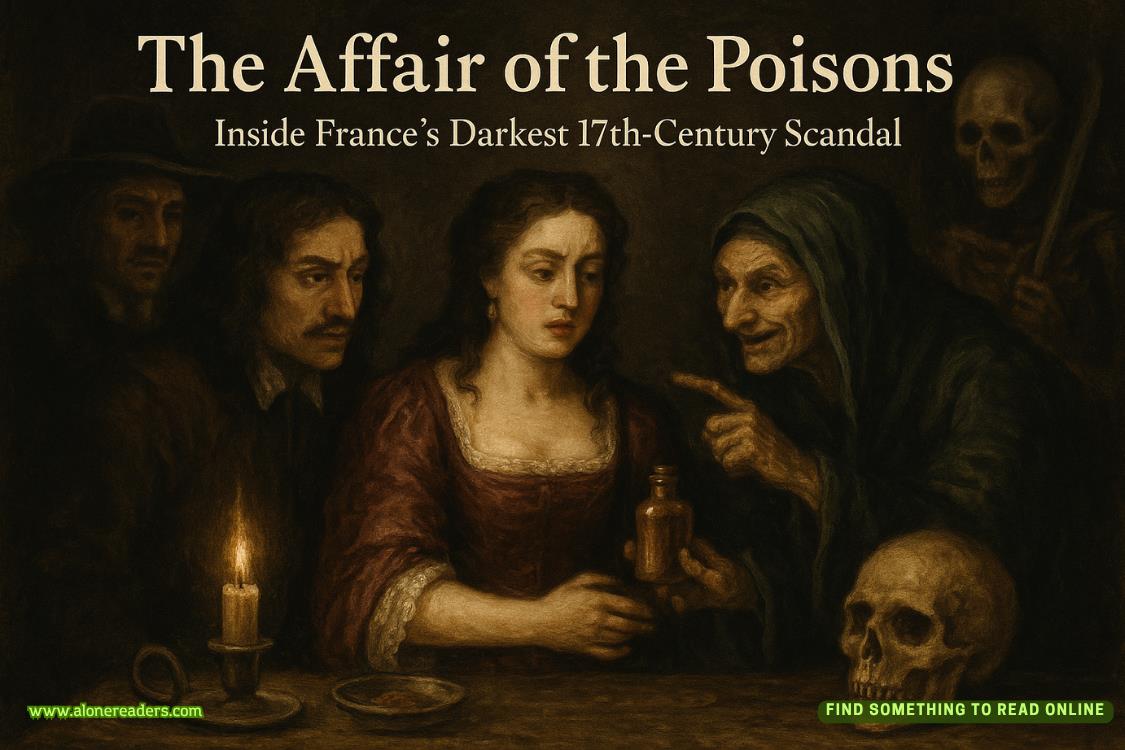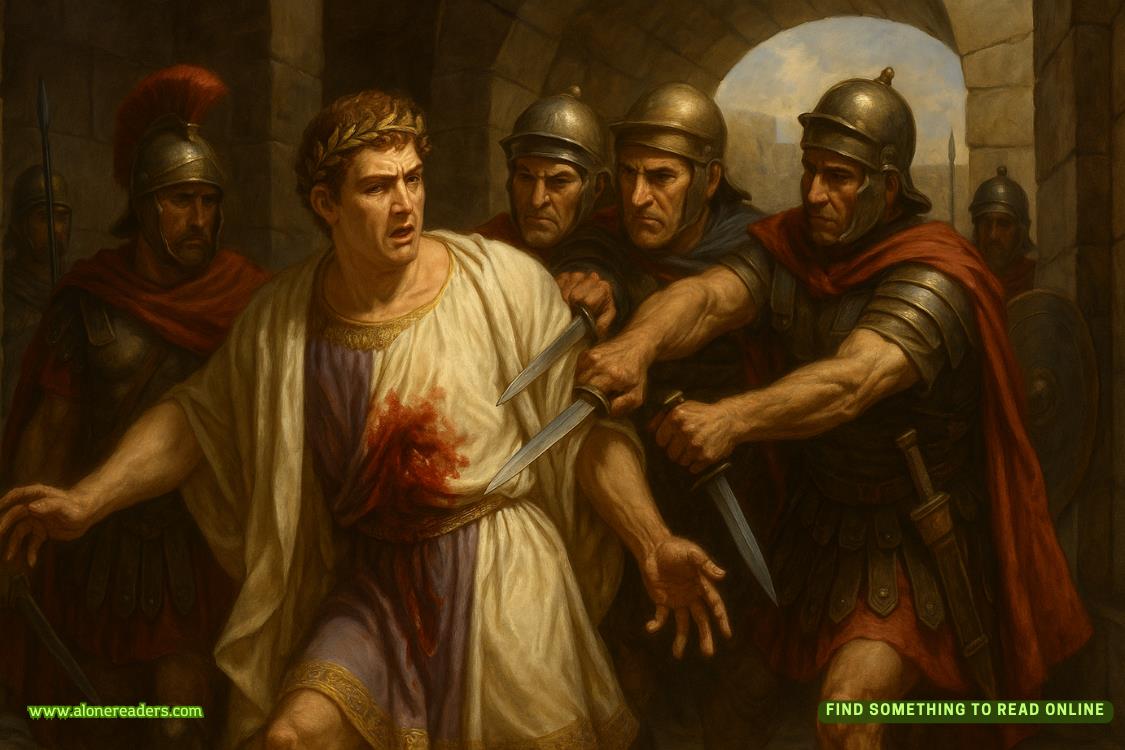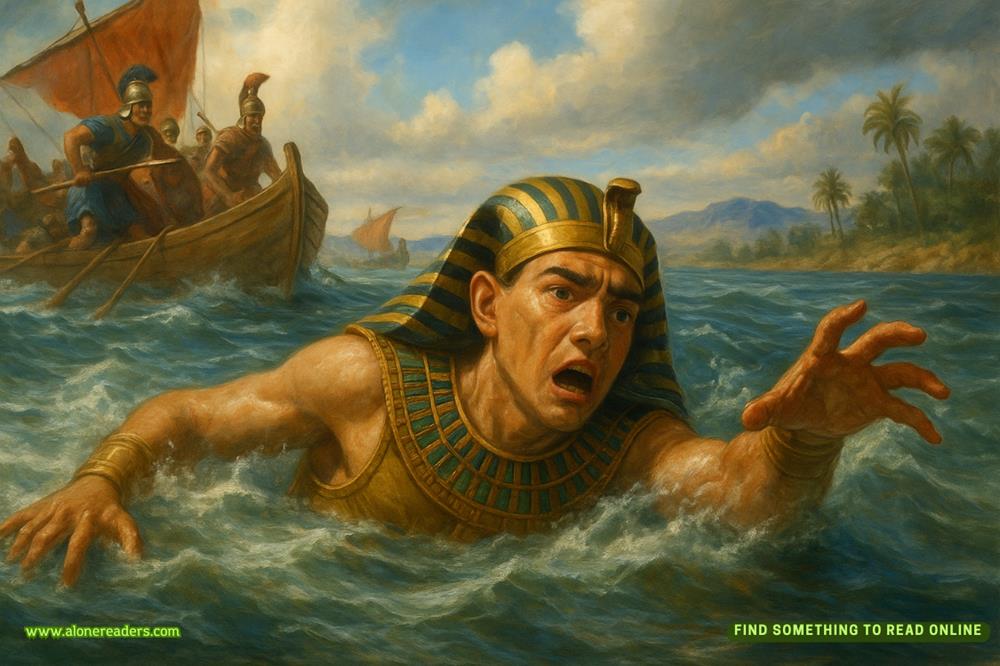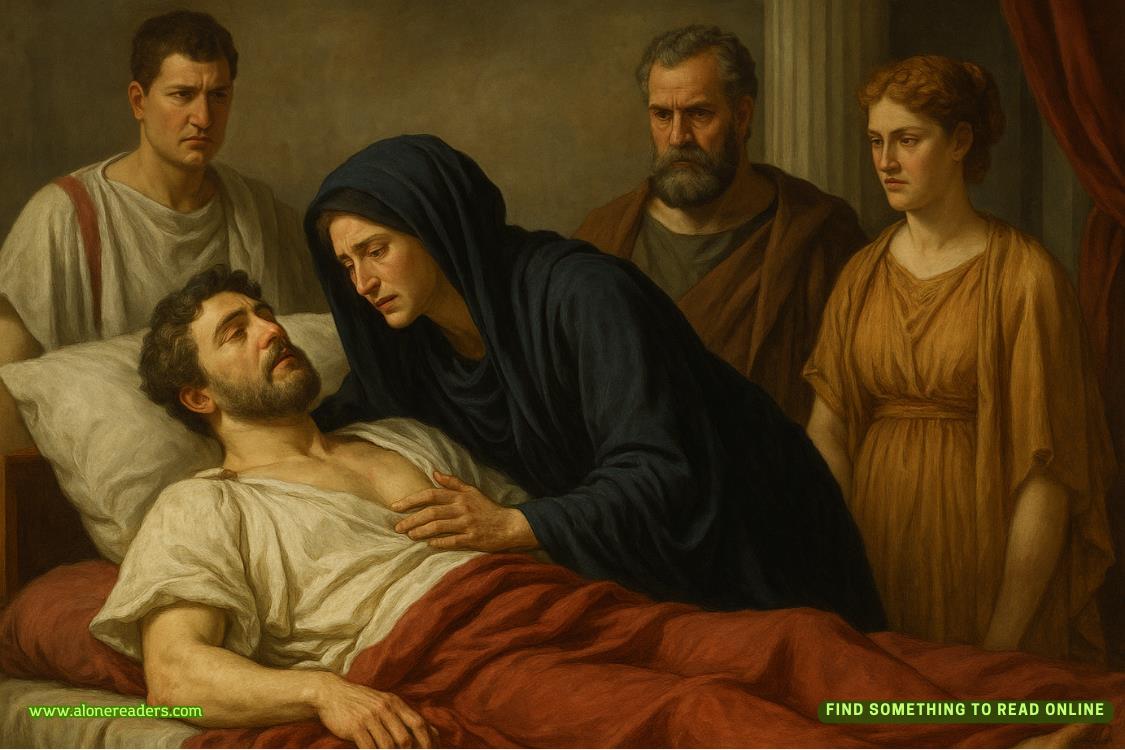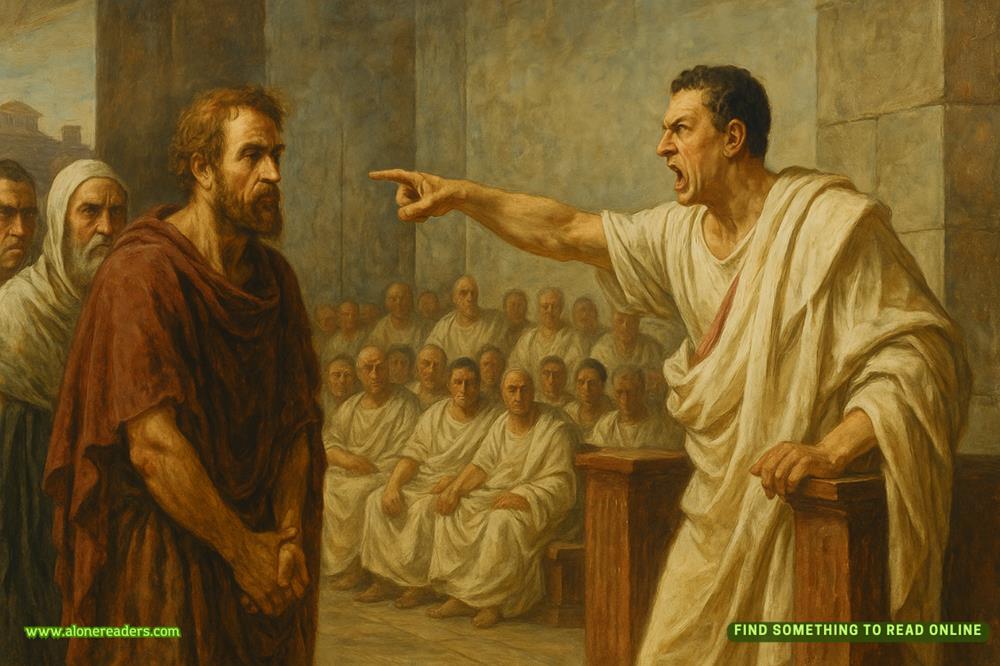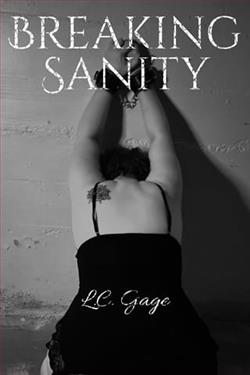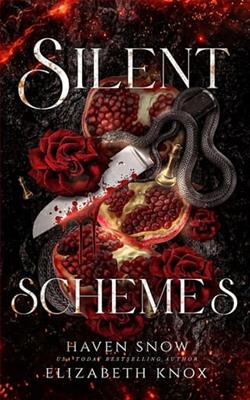Page 29 of The Art of Theft
For those still entertaining the idea of an unauthorized entry, perish the thought. The château had been constructed on the foundation of a former fortress, the base of which rose directly from the water and retained rows of downward-pointing spikes as sharp as shark’s teeth.
The writer went on to proclaim, smugly in Livia’s opinion, that he had been invited to the dinner, a more intimate gathering beforetout le mondearrived for the ball. She carefully read the description of the entry, the grand drawing room, and the dining room but skimmed over the dissertation on the food, the wine, and the guests who were favored enough to partake of this meal.
“Something is missing,” said Charlotte.
Livia looked up, as did everyone else.
“I don’t see anything amiss, but I do wonder what this is.” Mrs. Watson pointed at something on the plans, which Livia, from where she sat, couldn’t see. “It’s labeledC. E.”
“I would guess that is the electrical plant,le centrale électrique,” said Mr. Marbleton. “What were you saying about the missing item, Miss Charlotte?”
“I understand the château is built atop the remains of a medieval fort,” said Charlotte.
“I’m reading about that now,” interjected Livia. “A fort with downward-pointing spikes and whatnot at its base.”
“Ah, I see,” said Mr. Marbleton. “The fort would have existed in dangerous times. It would have been built to withstand a siege. There should have been a tunnel that would have allowed the family to leave undetected.”
“Perhaps that knowledge was lost over the centuries,” said Mrs. Watson.
“Perhaps,” said Charlotte.
She went back to studying the architectural plans, and Liviaresumed reading, only to pipe up excitedly a minute later, “There’s a private art museum at Château Vaudrieu—or at least that’s what this article is choosing to call it.”
Everyone looked at her.
“Is that so?” said Mrs. Watson, sounding a little breathless.
“Let me read this to you.” Livia cleared her throat. “‘Upon rising from dinner, Madame Desrosiers, our elegant and effervescent hostess, invites us to tour the private museum. The guests chatter about the legendary fireworks display to come as we mount the stunning double-returned staircase and walk down a wide passage, lit in such a way as to draw the eyes up to the painted ceiling. A collective gasp of delight echoes against the murals. Besides the Sistine Chapel, I have rarely seen another ceiling as grandly and gloriously illustrated. But here the themes are mythological rather than biblical, and the tableaux consist of the births of Athena and Aphrodite, Perseus killing Polydectes with Medusa’s head, Daphne turning into a laurel tree to escape Apollo’s insistent pursuit, and other dramatic renderings of classical themes.’
“‘The space dedicated to the private museum doesn’t have such dramatic murals, but muted walls to better display the artistic treasures thereupon. We the gathered exclaim with exulted admiration at the richness before our eyes—canvases by the greatest masters of the Renaissance sit side by side with works of Flemish maestros and more recent oeuvres from this current century.’
Livia turned the page. “‘I was surprised to see a number of English portraits and landscapes. They are indeed very magnificent specimen and a worthy addition to any collection, but simply not what I have expected in this collection. A gentleman whom I later learned to be our hostess’s brother informed me that though the English pieces were unexpected, they were possibly the most valuable in the collection, as the English government did not hesitate to part with tens of thousands of guineas to acquire the finest works of its native sons for the National Gallery.’”
“But that is marvelous information,” said Mrs. Watson.
“Indeed. Very helpful,” added Charlotte.
Livia’s cheeks warmed with pleasure. Of course everyone present would have read the article eventually and learned all it had to impart, whether she had brought it to their attention or not. But still, she felt as if she’d actually contributed something, however minor that contribution.
Forêt returned. “Mesdames, Monsieur,” said the manservant. “Milord said that you wish to see themarché de Nöelat Mouret today. Shall I order your carriage? There is a train that leaves for Mouret in an hour. Thegareisn’t far, but the roads can be terribly congested these days. And you wouldn’t wish to leave any later or themarchéwill have dispersed by the time you reach.”
Why would they want to rush off to some Christmas market at a place they’d never heard of?
“You may order the carriage now, M. Forêt,” said Charlotte. “We will all of us be ready in a quarter of an hour.”
When the manservant had exited, Charlotte showed everyone a map of Paris and its surroundings.
Mouret was the village nearest Château Vaudrieu.
Livia’s heart pounded. Their adventure was about to begin.
Six
Mouret didn’t have a true Christmas market, only the usual village market with the addition of some seasonal items. Still, its small square was filled to the brim, with cattle and a herd of turkeys milling about at one end and stalls crowding the rest of the space, selling everything from tablecloths to Christmas crèches to hams the size of small boars.
Mrs. Watson purchased bottles of mulled wine, Mr. Marbleton a wheel of local Brie cheese. Charlotte, after much contemplation of loaves ofpain d’épice, acquired skeins of homespun yarn. Livia, while nobody was looking, bought lace-edged handkerchiefs—she could monogram them and give them as Christmas presents.
They spoke in German to one another. Livia and Charlotte’s governess had been from Alsace, and they could get by in both German and French. Mr. Marbleton, according to himself, spoke only enough German to fool the French. Mrs. Watson had the least acquaintance with the language and didn’t speak much except to the locals, in French that had a heavy German accent.
